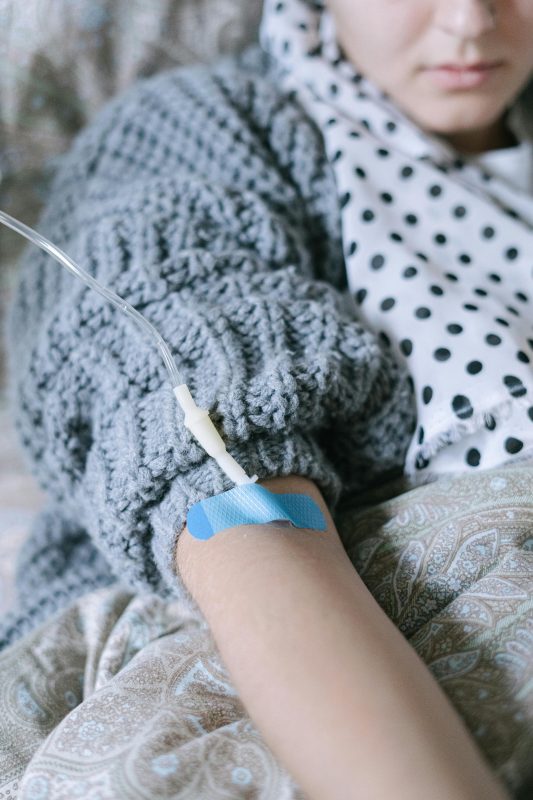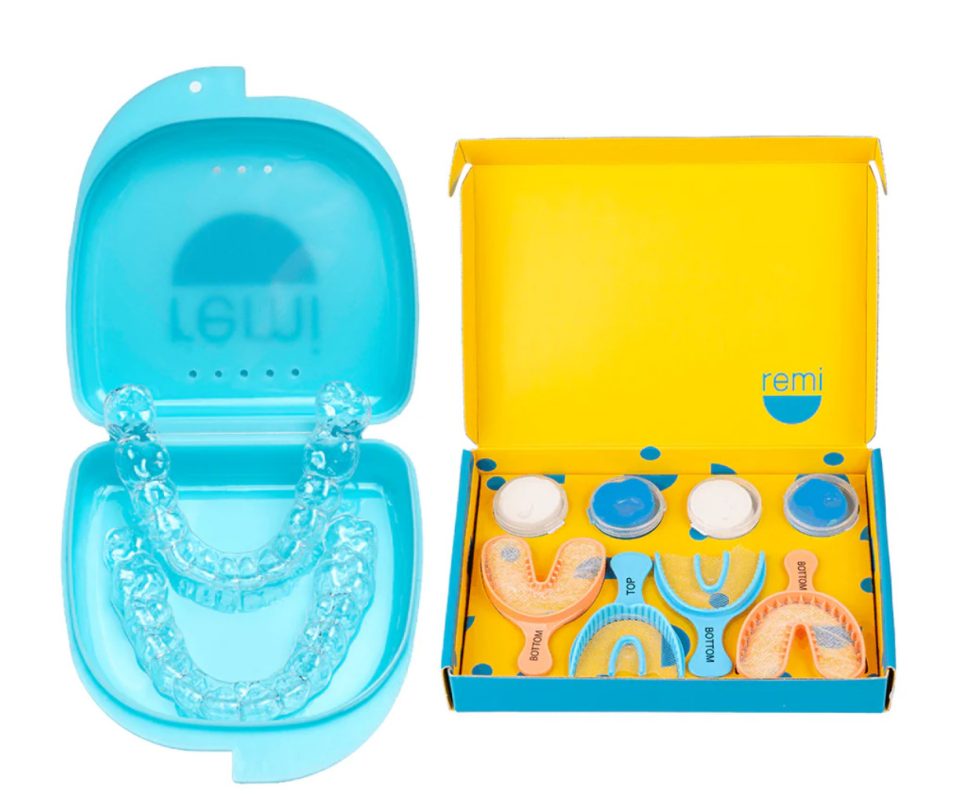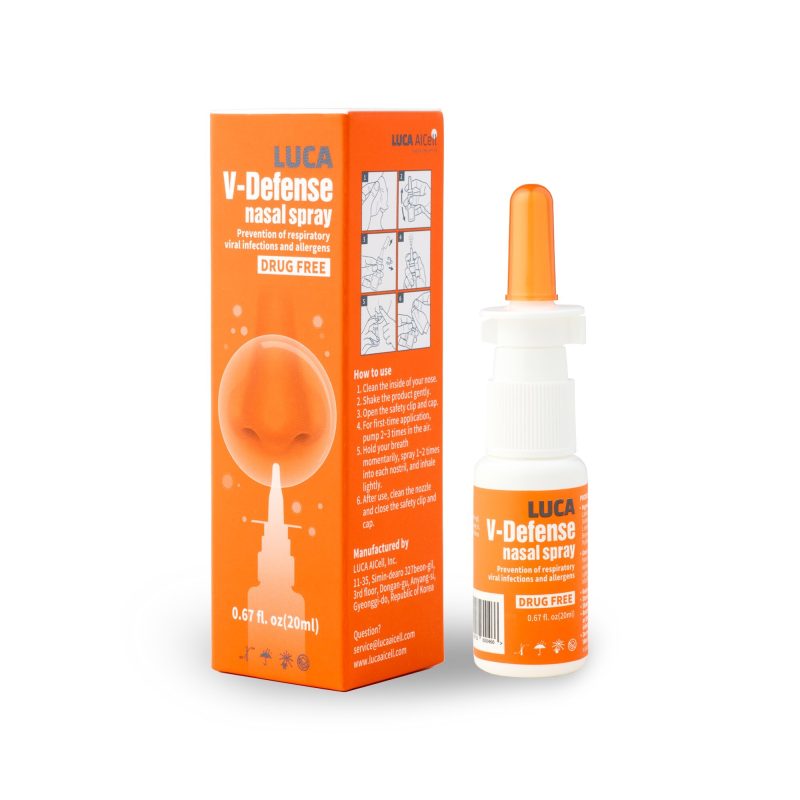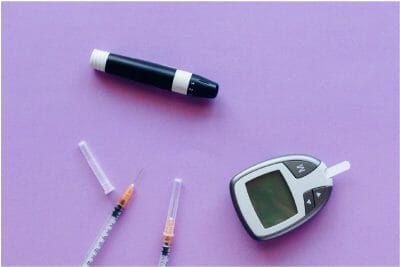In the operating room, maintaining a sterile environment is crucial to prevent surgical site infections and ensure patient safety. One of the key aspects of maintaining a sterile environment is ensuring that all surgical instruments are properly sterilized and stored. Post-sterile instrument cabinets are essential in this process, allowing surgical teams to safely store and transport sterilized instruments while maintaining their sterility.
What is a post-sterile Instrument Cabinet?
A post-sterile instrument cabinet is a specialized cabinet used to store sterilized surgical instruments after they have been removed from the autoclave. The cabinet is designed to maintain the sterility of the instruments until they are ready to be used in the operating room. The cabinet typically has a locking door to prevent unauthorized access and may have a built-in UV-C light to provide additional sterilization.
Features of post-sterile Instrument Cabinets
There are several key features to look for when selecting a post-sterile instrument cabinet:
Size: The cabinet should be large enough to hold all the necessary surgical instruments but not so large that it takes up too much space in the operating room.
Materials: The cabinet should be made of high-quality, durable materials that are easy to clean and maintain. Stainless steel is a popular choice for its durability and resistance to corrosion.
UV-C Light: A built-in UV-C light can provide additional sterilization and help to reduce the risk of surgical site infections further.
Locking Mechanism: The cabinet should have a secure locking mechanism to prevent unauthorized access and ensure the instruments remain sterile.
Benefits of post-sterile Instrument Cabinets
Using a post-sterile instrument cabinet offers several benefits for surgical teams:
Reduced Risk of Contamination: Storing sterilized instruments in a post-sterile instrument cabinet reduces the risk of contamination and helps maintain their sterility until they are ready for surgery.
Improved Efficiency: Having a designated cabinet for sterilized instruments makes it easier for surgical teams to locate and retrieve the instruments they need, improving overall efficiency in the operating room.
Cost Savings: By reducing the risk of contamination and extending the life of surgical instruments, post-sterile instrument cabinets can help to reduce costs associated with instrument replacement and repair.
Best Practices for Using post-sterile Instrument Cabinets
Surgical teams should follow certain best practices to ensure that post-sterile instrument cabinets are used effectively and safely. Here are some additional details on the three key best practices mentioned in the previous section:
Proper Loading:
- Proper loading of the cabinet is essential to maintaining sterility. Here are some tips to ensure proper loading:
- Ensure all instruments are properly cleaned and sterilized before loading them into the cabinet.
- Place the instruments in a way that allows for good air circulation and easy retrieval.
- Avoid overcrowding the cabinet, as this can lead to difficulty in accessing instruments and can increase the risk of contamination.
- Avoid touching instruments once they have been loaded into the cabinet, as this can increase the risk of contamination.
Regular Maintenance:
- Regular maintenance of the post-sterile instrument cabinet is necessary to ensure that it is functioning properly and that there is no risk of contamination. Here are some tips to ensure regular maintenance:
- Clean the cabinet regularly with a disinfectant solution to prevent the buildup of bacteria and other contaminants.
- Check the cabinet for damage or wear and tear, and repair or replace any parts as needed.
- Regularly inspect the cabinet to ensure that the locking mechanism is functioning properly and that the UV-C light, if present, is still emitting a sufficient level of UV-C radiation.
Training:
- Training is essential to ensure that all surgical team members understand how to use the post-sterile instrument cabinet effectively and safely. Here are some tips to ensure proper training:
- Provide training on the proper loading and unloading of the cabinet to ensure that instruments are stored in a way that maintains sterility.
- Provide training on the proper cleaning and maintenance of the cabinet to ensure that it is functioning properly and that there is no risk of contamination.
- Ensure that all surgical team members understand the importance of using the cabinet properly and the potential consequences of not doing so.
- Provide ongoing training to ensure that all team members stay up-to-date on any changes to the cabinet or to best practices for using it.
Conclusion
Post-sterile instrument cabinets are essential in maintaining a sterile environment in the operating room. By reducing the risk of contamination and improving efficiency, these cabinets can help to ensure that surgical procedures are performed safely and effectively. When selecting a post-sterile instrument cabinet, it is important to consider the size, materials, UV-C light, and locking mechanism to ensure that the cabinet meets the needs of the surgical team. By following the best loading, maintenance, and training practices, surgical teams can use post-sterile instrument cabinets effectively and confidently.





